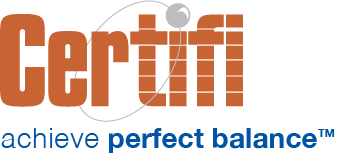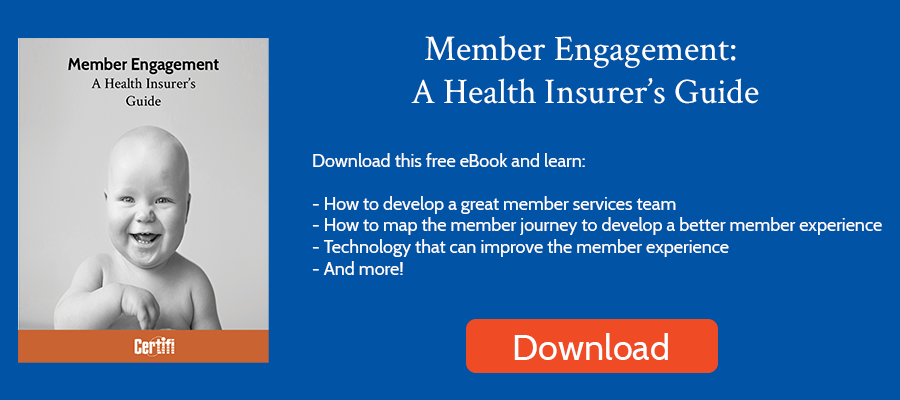With Medicare Advantage’s annual enrollment period in full swing, many health plans are likely learning about the effectiveness of their 2023 Medicare Advantage growth strategies. A lack of growth might lead the C-Suite to ask where and how to improve performance in 2024.
Here are 8 Medicare Advantage growth strategies for health plans to consider.
Differentiation, Differentiation, Differentiation
Before implementing any marketing strategies, start by understanding what makes you unique. Or define product and messaging attributes that will elevate you in your markets. Do you want to be a zero-premium provider? Can you differentiate based on supplemental benefits? Can you focus on quality metrics to improve your star rating?
Studies consistently show that the components of a Medicare Advantage buyer’s purchasing decision continue to be:
- Affordability
- Network
- Benefits
- Brand Reputation
Your ability to grow enrollment depends on capitalizing on one or more of the four decision-making components above.
Age-In Populations
As many as 11,000 seniors age into Medicare every day. Forward-thinking insurers create marketing campaigns to target current members that may soon age into Medicare Advantage. As we noted earlier, brand reputation plays a role in determining which plan an individual chooses. Age-in members should be low-hanging fruit for most Medicare Advantage plans.
How do you target age-in populations? Below are a few tips:
- Leverage your data. Not everyone that turns 65 retires and chooses a Medicare Advantage plan. Augment demographic data by asking members when they plan to retire so you can time communications appropriately.
- Because you know the member, personalize the experience. Use channels like email, direct mail, phone, and your member portal. Focus the messaging on the differentiators you’ve defined. You may not have the marketing spend of the large national insurers, but you have something they don’t have – an existing relationship. Leverage that relationship
Switching Populations
Anywhere from 6% to 11% of Medicare beneficiaries switch plans each year. It may seem like a small population, but with 28 million beneficiaries in 2022, nearly 3 million members will change plans during this year’s annual enrollment period. Baby Boomers continue to swell Medicare rolls, so that number could increase to as many as 5 million in 2030. Crafting a strategy to target beneficiaries that switch can help fuel your growth.
Plus, high inflation could lead to a higher switch rate this year as seniors on fixed incomes try to lessen their healthcare costs as other costs rise.
There are two ways to take advantage of the switching phenomenon:
- Minimize member churn – Offense is a favorite among Medicare Advantage growth strategies. But consider defense, too, in the form of ensuring existing members don’t switch. Data is your friend. Identify members that may churn and create marketing plans to retain them. For example, you may find members that rate you poorly on customer satisfaction surveys. Or you may find members that, based on their activity, would benefit from a different health plan. Leverage that data to create personalized campaigns that prevent members from switching. Use multiple communication channels – email, phone, member portal – with consistent messaging to maximize impact.
- Maximize new members – Focus your messaging on what makes your health plan unique. Competitive analysis in growth territories can help you uncover ways to differentiate your products and marketing. Member surveys and focus groups can also help.
Unlike retaining at-risk members, going on the offensive will require different marketing tactics and likely a larger budget. Instead of one-to-one, personalized experiences, you’ll need to use mass marketing channels like TV and radio ads, print ads, pay-per-click ads, and direct mail.
Additional Benefits
The supplemental benefits you offer can impact who will enroll in your plan. For example, younger enrollees may prefer fitness benefits. Older beneficiaries may prefer meal benefits or in-home services.
Medicare Advantage beneficiaries value benefits like over-the-counter spending cards. As a result, 81% of individual MA plans offered OTC benefits in 2022. That benefit is table stakes, not a differentiator.
However, an Advisory Board survey of Medicare Advantage members found that seniors want in-home services nearly as much as over-the-counter spending cards, yet 10% of plans offer them.
Supplemental benefits can drive enrollment only if benefits match a target population’s needs. Craft better products and increase enrollment by understanding your target population’s needs.
Star Ratings
We discussed the importance of brand reputation earlier. If a member has limited exposure to your health plan, your star rating may be the primary way they may gauge the quality of your plan.
Poorly-rated plans miss additional revenue through quality bonuses. They also lose revenue because members are more likely to choose higher-rated plans when all other criteria are relatively similar. In 2023, about 72% of Medicare Advantage members will enroll 4+ star plans, even though they make up 51% of the total number of plans.
We’ve written about Medicare Advantage Star Ratings in the past. In order to grow Medicare Advantage revenue, you need a strategy to improve your star rating. And with star ratings more heavily weighting consumer experience measures, health plans looking to grow likely will need to focus on those measures.
Think Local
SCAN Health Plan made headlines recently by announcing a new plan for LGBTQ+ seniors. In collaboration with Included Health, the Medicare Advantage plan offers a number of benefits targeted toward the LGBTQ+ community. SCAN Health plans to roll out the Medicare Advantage plan in Los Angeles and Riverside County in California.
To compete and grow Medicare Advantage plans need to think local. Look for underserved populations and craft a Medicare Advantage plan that uniquely serves that population. As the old saying goes, the riches are in the niches.
Web Presence
The better and more diverse your web content, the higher you will rank for Medicare Advantage search terms. Ranking highly for search terms builds brand awareness and can help you be a finalist when a senior decides which Medicare Advantage plan to choose.
Take Alignment Healthcare as an example. Most searches for Medicare Advantage are dominated first by ads, then by government agencies or brokers, and then by health insurance giants. But typically among those giants sits Alignment Healthcare. Why? They’ve done a great job creating a pillar page that contains a lot of information about Medicare Advantage plans. They then link out to other pages that answer specific questions. That strategy helps their pages rank higher.
Alignment also has quality educational content that helps members navigate the often confusing world of Medicare Advantage.
Like Alignment, one of your Medicare Advantage growth strategies should include a robust web presence. Though most members still enroll through a broker or agent, most also use the Internet to research Medicare Advantage plans.
Broker/Agent Outreach
As mentioned in the previous paragraph, though most seniors use the Internet for research, at the end of the day, they leverage a broker to enroll.
As a result, almost all health plans contract with agents and/or brokers. Educating brokers is nearly as important as educating consumers because they play a significant role in decision-making. Companies with leading broker education materials may see more new enrollees.
Many health plans create a broker manual that helps brokers navigate the health plan’s offerings. These manuals may include:
- What makes your health plan unique?
- What health plans are available and where?
- What tools are available to find coverage and network availability?
- How to access and use the broker/agent portal?
- How and when are commissions paid?
- What’s the typical sales process?
- What are compliance guidelines and reporting metrics?
- Who do I contact locally?
Certifi’s health insurance premium billing and payment solutions help healthcare payers improve member satisfaction while reducing administrative costs.



